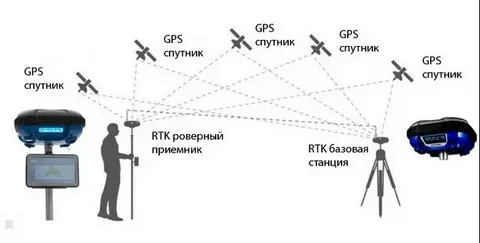Global Navigation Satellite Systems (GNSS) have transformed modern military operations by providing unparalleled accuracy in navigation, timing, and positioning. As technology evolves, GNSS system in military applications are becoming crucial tools for strategic planning and battlefield superiority. This article explores the key advantages of these systems and their growing role in defense operations.
Understanding GNSS Systems
GNSS refers to satellite-based systems that allow receivers on Earth to determine their precise location, velocity, and time. Prominent examples include the U.S. GPS, Russia’s GLONASS, Europe’s Galileo, and China’s BeiDou. While originally designed for civilian use, GNSS technology has been rapidly integrated into military operations due to its ability to enhance situational awareness and operational efficiency.
Strategic Advantages in Military Operations
1. Precision Navigation and Targeting
One of the most significant benefits of GNSS systems in military applications is precision navigation. Modern forces rely on satellite-guided vehicles, aircraft, and naval ships to reach exact coordinates, reducing the risk of errors during missions. Furthermore, GNSS-enabled targeting systems allow for precise deployment of munitions, ensuring maximum effectiveness while minimizing collateral damage.
2. Enhanced Coordination and Communication
GNSS systems improve coordination across military units by providing synchronized timing and accurate location data. This capability is critical for complex joint operations where infantry, armored units, and air support must act in concert. Real-time position sharing enhances battlefield awareness and reduces the likelihood of friendly-fire incidents.
3. Improved Intelligence, Surveillance, and Reconnaissance (ISR)
Military intelligence benefits from GNSS technology by enabling accurate geolocation of reconnaissance assets. Drones, satellites, and ground sensors can pinpoint enemy positions and relay data back to command centers. This capability allows for rapid decision-making and strategic deployment of resources.
4. Force Multiplier in Modern Warfare
By integrating GNSS systems in military applications, armed forces gain a force multiplier effect. Precision navigation, accurate targeting, and enhanced situational awareness allow smaller units to achieve results comparable to larger formations, giving military strategists significant operational flexibility.
Challenges and Considerations
Despite their advantages, GNSS systems face vulnerabilities such as signal jamming, spoofing, and cyberattacks. Modern militaries must develop robust countermeasures and integrate alternative navigation technologies to maintain strategic advantages in contested environments.
Conclusion
GNSS systems in military applications provide a transformative edge by enhancing navigation, targeting, coordination, and intelligence capabilities. As conflicts become increasingly technology-driven, leveraging GNSS technology will remain central to achieving strategic superiority on the modern battlefield.


